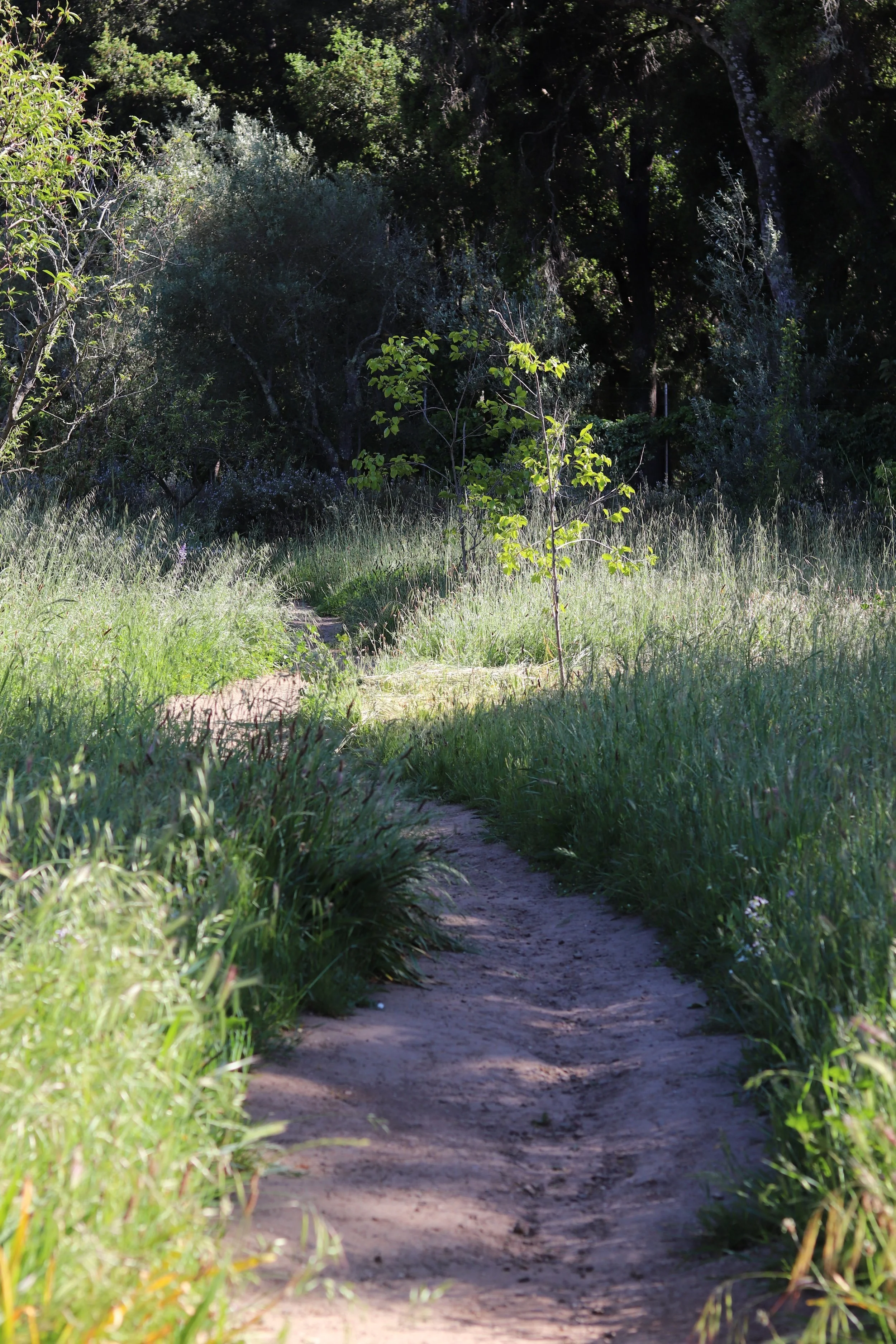Britain’s Meadowland
The English countryside is evocative of generously-growing meadow foxtail, thickets of fragrant sweet briar, and shrubby blackthorn. Damp loam nourishing the roots of brambling roses, and of bluebells. Waterlogged earth. The sponge of moss, underfoot.
Thames-side, alluvial meadowland. Stones laid flatwise.
Comforting density. Easeful. Verdant. Untied and time-worn.
A pastoral landscape of undulating hills. A sense of meandering, of shrouding. A saccharine color palette, brought indoors.
British designer, artist, and thinker William Morris was a contributing figure of the Arts and Craft movement’s emergence during the late nineteenth century: “Morrisonian,” a known term in the Victorian interiors trade. His floristically-rich patterns complement earthen tones and woven textile. His signature Strawberry Thief, first designed in 1883, was inspired by his annual tussle to secure the strawberry beds before the thrushes reached them. His home, Kelmscott in Oxfordshire, offers a beautiful blueprint for vernacular architecture of the era.
EDITOR’S NOTE: William MORRIS AT HOME
Morris’ patterns, marked by sensorial linework, are today made in myriad colorways. Repetition buttresses the dainty of the floral, which adds a sweetness to an interior. His use of the modest British pimpernel, a small plant of the primrose family with climbing stems and flat five-petaled flowers, nods to his ethos at large: untethered to statement motifs, he created decoration resonant to the everyday lives of the Victorian public.
Morris and Company paint borrows from the archival wallpaper catalogue, proving complementary. My favorite hues: Dearle, Fired Biscuit, Farringdon Grey, Hares Coat, Leafy Arbor, and Strawberry Thief.



